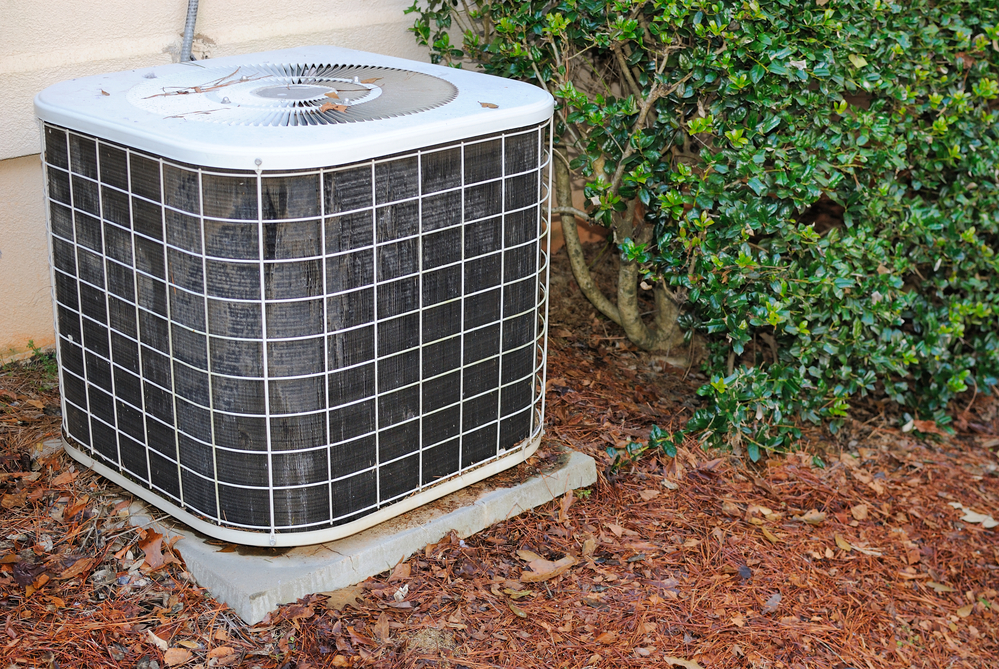The Critical Importance of Winterizing Your Home
Colder weather is coming and now is the perfect time to winterize your HVAC system. The ideal time to prepare is in the early fall, but there’s still plenty of time to get ready. The following highlights the steps you can take to protect your unit.
What Does it Mean to Winterize your HVAC unit?

Winterizing your HVAC unit simply means turning it off, and keeping it clean and covered. The following steps take minutes but will make a big difference when spring comes.
- Shut it down. Even when your unit isn’t running, it’s still “leaking” small amounts of electricity from your power grid – sometimes called “phantom load” or “vampire energy.” You’ll save money and reduce wear on your system by turning off the power.
- Locate the breaker or fuse box inside your house.
- Flip the switch that corresponds with your air conditioning unit.
- Once this is done, adjust the thermostat to test whether the unit is truly off.
In some homes, the switch may be located outside near the unit itself. In these cases, there should be a clearly identifiable breaker box that generally has a single switch for cutting the power. By turning off the power at either the inside or outside breaker, you’ll save money on your electric bill and help your system hibernate until spring comes.
- Clean it off. Anything that is exposed to the elements needs cleaning. This includes your HVAC system. To get it ready for winter, simply remove any dust, dirt or plant growth that is on or around your unit.
You’ll want to clean the inside too and can use a garden hose to remove debris from the condenser coil. You’ll probably be surprised at how much dirt comes out, especially if the unit has never been cleaned or hasn’t been cleaned in awhile. Be sure the unit power is off before performing this step and that the inside components are completely dry should you decide to turn the power back on.
- Cover it. A cover will protect your unit from snow, ice and debris throughout the nashville winter storm season. You can buy a waterproof cover at your local hardware store or big-box retailer. Some people even make their own covers using plywood or a tarp secured by bungee cords or even a few bricks. The objective is protection and unit that is fully functional with minimal to no need for repairs when summer rolls around.
Winterizing Your Home from the Inside Out

Protecting the HVAC unit outside your home gets it ready for summer. “Winterizing” the inside of your home helps keep things warm and toasty on the inside. We offer these DIY tips to save electricity and conserve heat when the mercury drops.
- Identify and seal drafty windows and doors. Applying caulk and/or weather stripping are good alternatives. Ideally, you would do this for all windows and doors but you can also just target your draftiest offenders.
- Seal your air ducts and close your vents. To conserve heat, seal your air ducts with easy-to-apply spray foam and a layer of mastic, also known as “duct butter.” This is a slightly more involved project so you may want to consult one of our friendly technicians for help. Minimally, close all of your vents to keep cold air from coming in.
- Consider window insulates. Window liners are another way to keep the cold out. The kits cost next to nothing and contain just double-faced tape and the plastic sheeting. The final ingredient, a hair dryer, shrinks the plastic to the window frame for a tight form fit.
Of course, no article about HVAC maintenance – whether winter or summer – would be complete without a friendly reminder to change your air filter. This is one of the easiest ways to maintain your unit. We recommend that you change the filter every three months.
Please contact us today if you need help with winterizing your home or if you think your heating unit may need repair or replacement. We additionally have financing options available for our customers as well.
It’s also important to protect your system year round, so you may want to consider our maintenance plan. One of our certified technicians will service your system in the spring and the fall to get you prepared for the the hotter and colder months.

